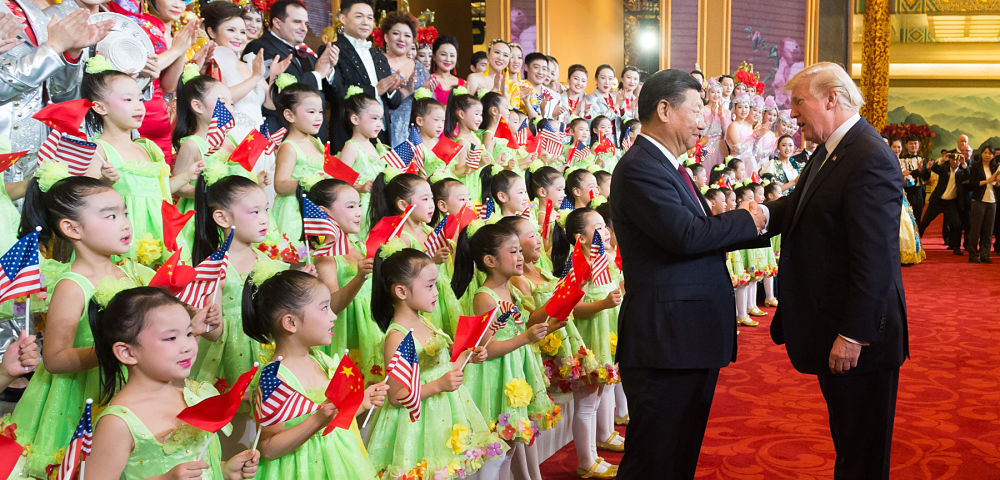The Zero Tariff Option
Fears of a slowing global economy and secondarily of tariff inspired lower trade are clearly one of the major drivers of the volatility and fear that have gripped global markets since late September. Obviously, one of the central players in this drama is China, which as we discussed last week, is facing at the same time an economic slowdown, pressures in its financial system, and pressure from a U.S. administration which is bent on addressing some longstanding grievances.
Under the surface, as we also reported, Chinese leadership may be increasingly paralyzed by internal struggles. On one side is President Xi Jinping, who has spent the past few years concentrating power in his own hands; on the other side are the allies of past leaders Jiang Zemin and Hu Jintao, who resent Xi for stepping beyond the boundaries of low-key leadership set by Deng Xiaoping when he inaugurated China’s reforms in the 1980s. U.S. negotiators have complained about the lack of substantive Chinese response to their overtures — and until this apparent paralysis of China’s policymakers is overcome, it’s tough to pencil out a positive outcome.
The current U.S. administration, as Donald Trump has urged for decades, initiated a swath of global trade negotiations and renegotiations. It has undertaken this task in an occasionally infuriating and volatile manner, even if the ultimate end game is somewhat clear: the decrease of unfair practices by trade partners, such as asymmetrical tariffs, subsidies for domestic industries, non-tariff barriers, and so on.
We agree that there are bad trade practices that the U.S. has tolerated which it shouldn’t continue to tolerate. But the fairness of the U.S. end game has tended to get obscured by the punch-and-counterpunch tenor of negotiations. There is a way forward, though, that would allow the U.S. to clearly reclaim the moral high ground – and that is the implementation of zero tariffs by the U.S. and all of its trading partners.
The “zero tariff” option is a live option. If U.S. negotiators were to make it crystal clear that their preference across the board was “zero” — zero tariffs, zero subsidies for countries’ domestic industries, zero barriers to trade beyond tariffs — and that this was their favored outcome, they would occupy the high ground in the discussion and drive negotiations toward a conclusion that would truly be the best for all. That “all” refers to the citizens of all the world’s countries — because we remain convinced that genuinely free (and therefore genuinely fair) trade has been proven for centuries to be the best way to create wealth and raise living standards.
Those who believe that current global trade negotiations are “stuck” should consider the prospect that the U.S. could clearly initiate this course. It would not solve the problem of paralysis within China’s leadership — but would apply pressure in a new way that could galvanize world opinion behind the U.S. Such an outcome would certainly be constructive for public opinion surrounding economic growth and market optimism.
Investment implications: A clear U.S. pivot to a “zero tariff” option would be constructive for market sentiment on the global economy, and could rally world opinion behind the U.S. attempt to apply pressure on China to improve its trade behavior.




